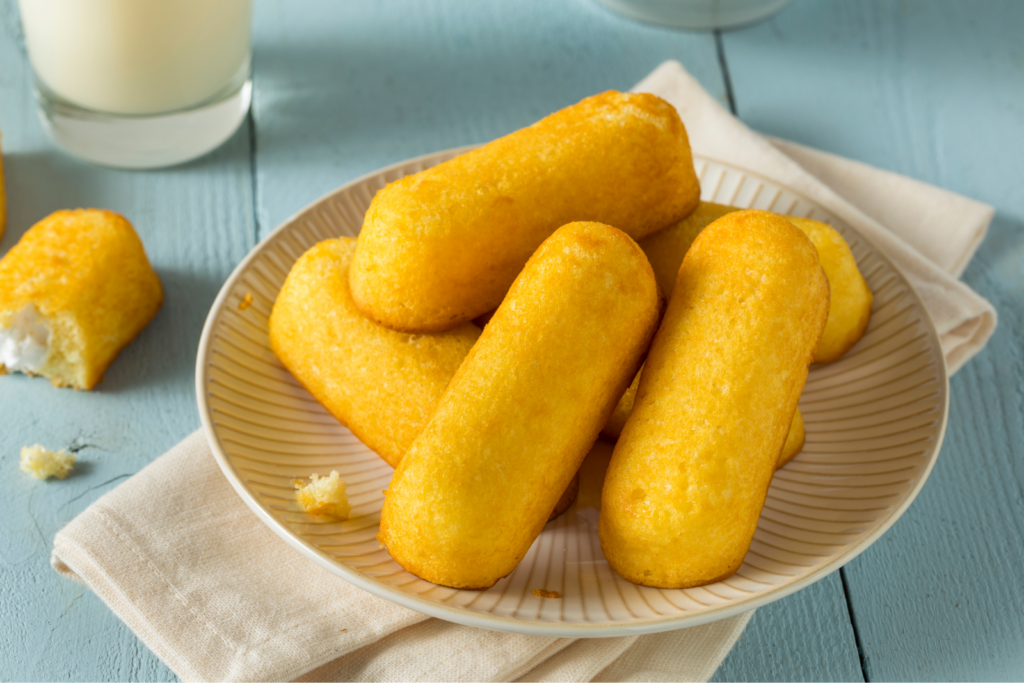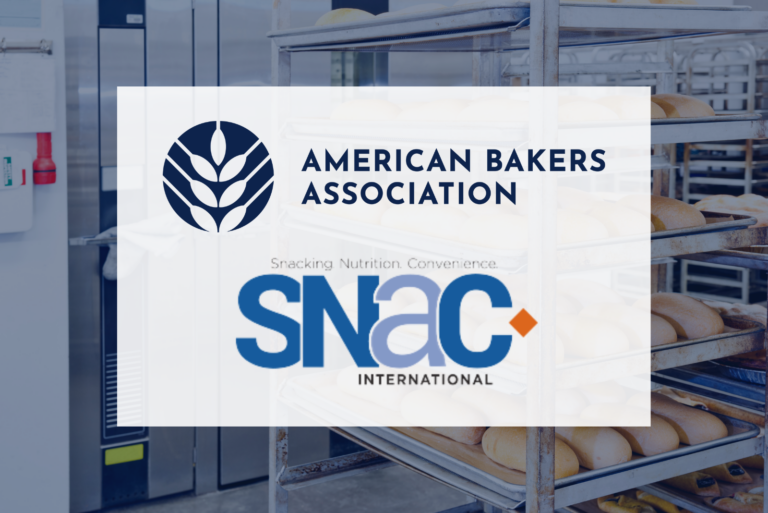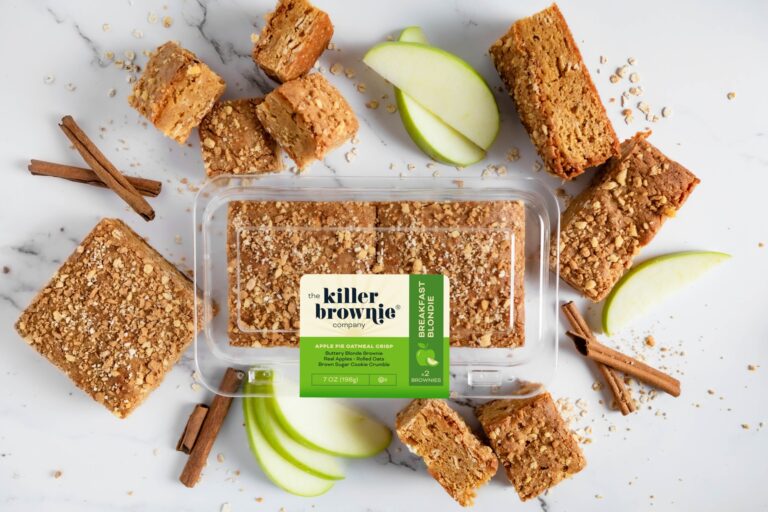KANSAS CITY, MO — Delicious, convenient and buoyed by nostalgia, snack cakes appeal across generations. Category growth saw a peak in 2020 when snack cakes were sought out as a product of choice. Nearing a post-COVID era, the category is holding its own with $2.03 billion in sales, a 14.1% change vs. a year ago. Unit sales registered 854.10 million, a 0.8% change vs. a year ago.
Finger snack cakes, the most popular form, saw dollar sales of $1.25 billion, a 16.1% change vs. a year ago. This was followed by snack cupcakes at $482.63 million, an 11.4% change vs. a year ago.










